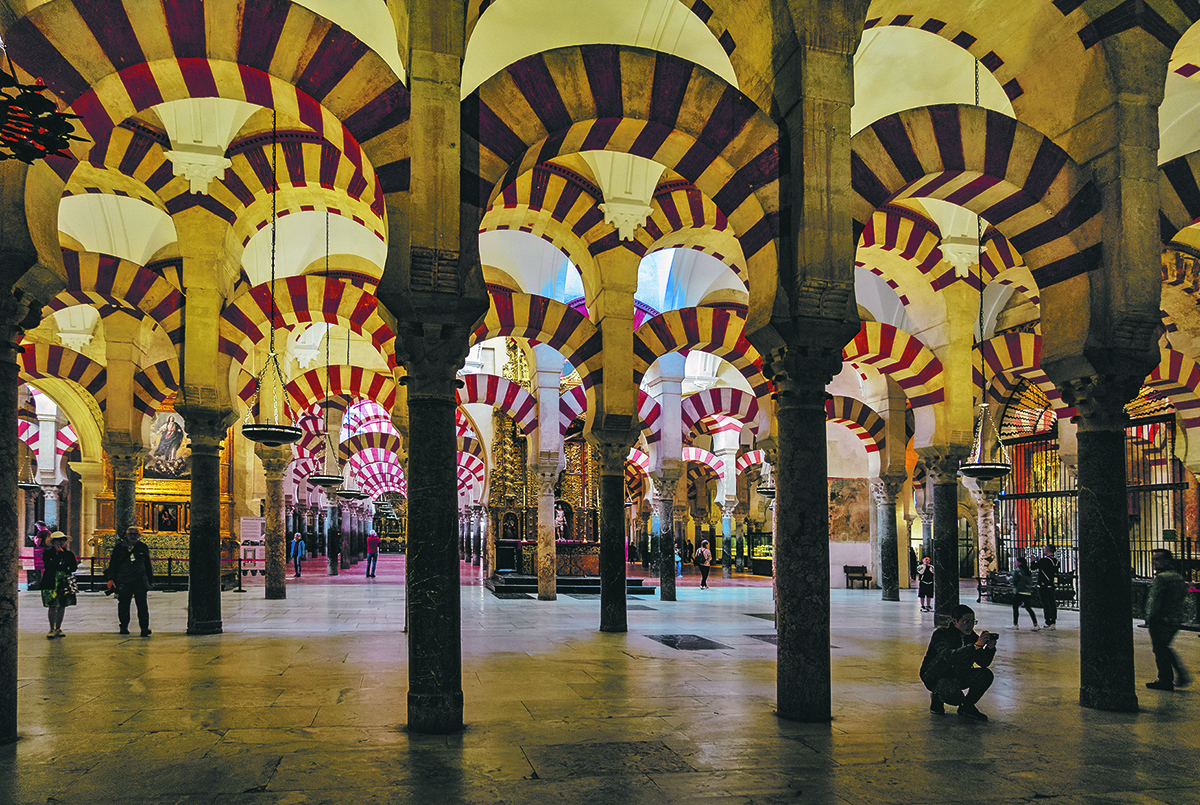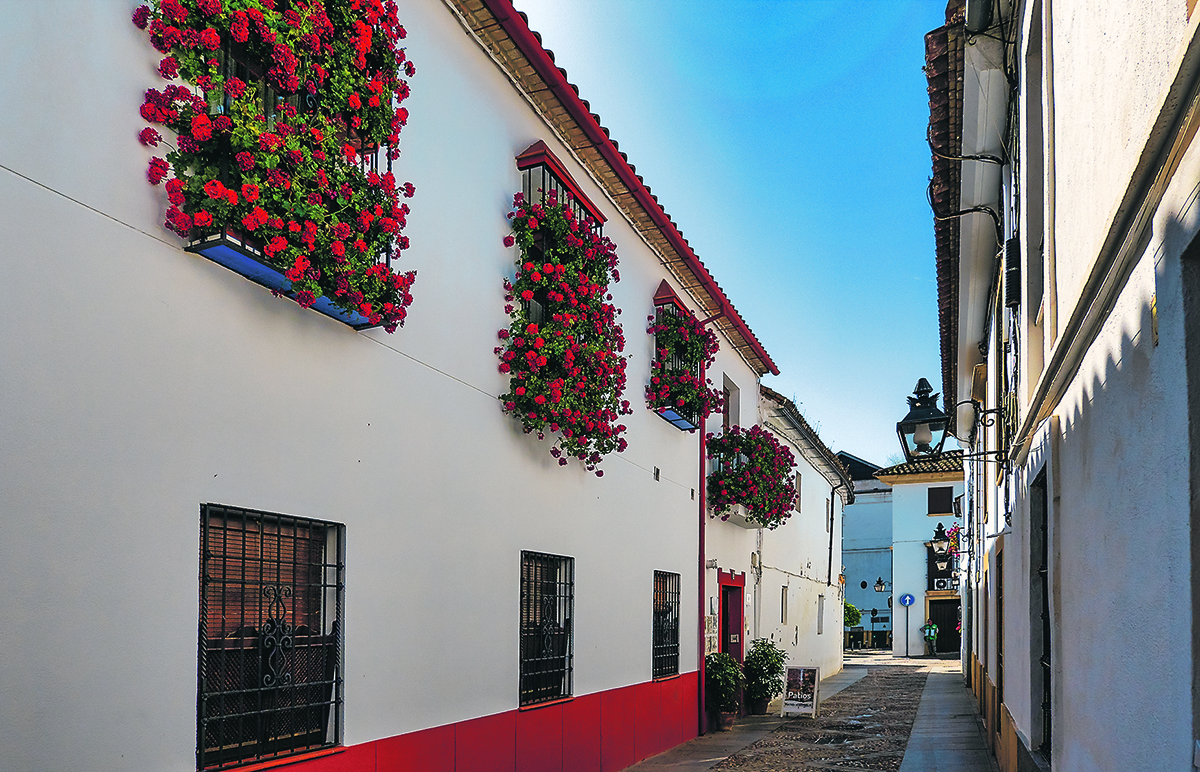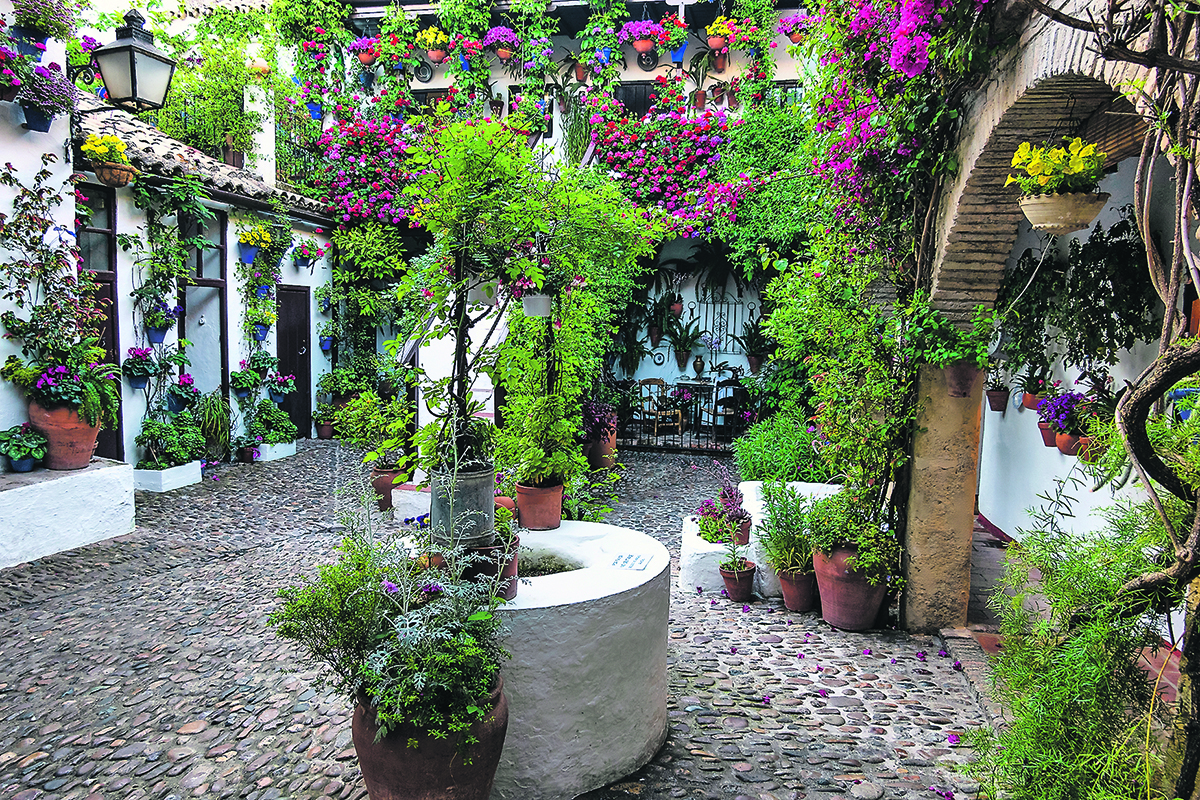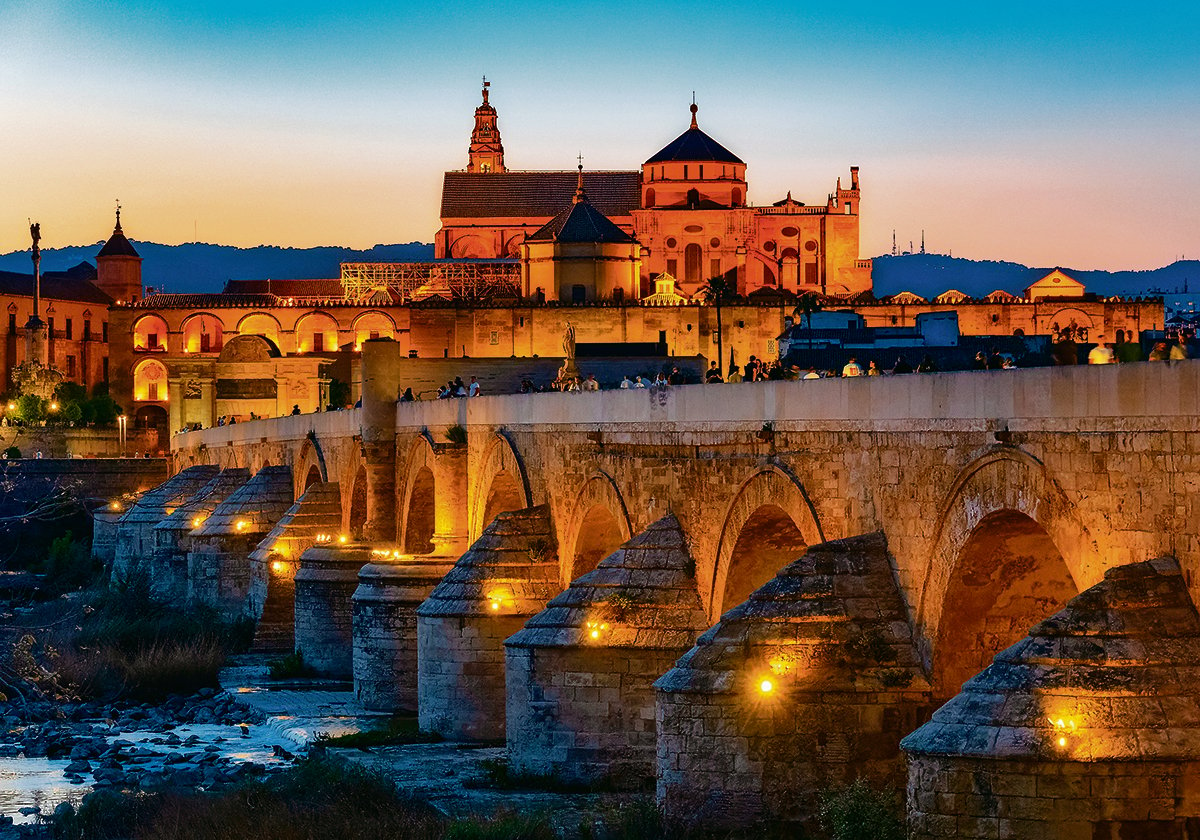Of the places we visited on a trip to southern Spain this year, Cordoba stands out as a favourite. It offers a combination of world-famous historic sites, ease of getting around and an all-round pleasant place to spend a few days.
While Cordoba has slightly more than 300,000 people, it doesn’t feel like a big city. Everything of interest lies in a fairly compact historic city centre. If you stay here, like we did, it’s easy to walk everywhere and not worry about transport.
With an agreeable Mediterranean climate, it’s best to visit in the off-season, anytime other than summer, when the stifling heat often reaches the high 30s C and more tourists are around.
Read Also

Alberta cracks down on trucking industry
Alberta transportation industry receives numerous sanctions and suspensions after crackdown investigation resulting from numerous bridge strikes and concerned calls and letters from concerned citizens
The main attraction is the massive Great Mosque of Cordoba, one of the oldest and most elaborate structures still standing from the time when Muslims ruled much of Spain. It was begun in the 8th century and expanded over the next 200 years.

When the Christian monarchs kicked out the Muslim rulers in the 12th century, the mosque was converted to a cathedral, although much of the Islamic architecture was retained. The result is an intriguing mix of styles where we look through classic Islamic arches to a magnificent Catholic altar.
Arabic inscriptions stand next to Renaissance paintings telling Christian stories. The original minaret from the mosque was turned into the cathedral bell tower, which at 54 metres is the highest structure in the city. Now preserved as a UNESCO World Heritage Site, the complex is widely considered among the world’s most beautiful buildings.

The entrance fee to visit is close to $20, but for an hour each morning when it opens at 8:30, admission is free. We took advantage of this and went on two days. As a bonus, it is less crowded then because tourist buses don’t arrive until later.
Cordoba’s Old Quarter is filled with other historic sites, such as the Alcazar fortress built to defend the city, plus numerous ancient churches, palaces and Roman ruins. More than specific sites, we enjoyed simply wandering around soaking up the ambiance. Many streets are pedestrian-only, often lined with sidewalk restaurants. Some streets are so narrow that you wouldn’t be able to drive a car down them anyway.

After the Great Mosque, the most popular spot is the Roman Bridge, built by the Romans in the 1st century BC and then reconstructed over the centuries. It leads straight into the Old Quarter of the city.
A popular evening pastime for both residents and visitors is strolling across the pedestrian-only bridge to the other side of the river to watch the lights illuminate the bridge and the mosque beyond.
Cordoba is also called the Flower City. Blooms decorate almost every window and balcony, and flower pots hang from the white-washed walls.
While flower-embellished walls are common throughout southern Spain, here they go a step further. The city is famous for its flower-bedecked patios, so much so that UNESCO recognized the Patios of Cordoba for their cultural heritage.
Most older public buildings and houses have inner courtyards, and it was always common to decorate them with flowers.

About 100 years ago they started a competition to see who had the best display and it has grown ever since. Every spring they hold a Fiesta of the Patios, but it’s easy to see many of them throughout the year. Guided tours take visitors to top places, though you can wander on your own to find some dazzling displays.
Half the fun is just getting there. Cordoba is two hours away by high-speed train from Madrid, Spain’s capital and the main point of entry for most visitors. We were impressed by the high-speed trains, which are not only fast but efficient and comfortable.
The key to getting the best fare is to book the trains as far ahead as possible. Every car has a speed indicator, and it was amazing feeling the sensation and watching it climb to 300 km-h as we raced across the vineyards, orchards and farms in open countryside.
Arlene and Robin Karpan are well-travelled writers based in Saskatoon. Contact: travel@producer.com.
















